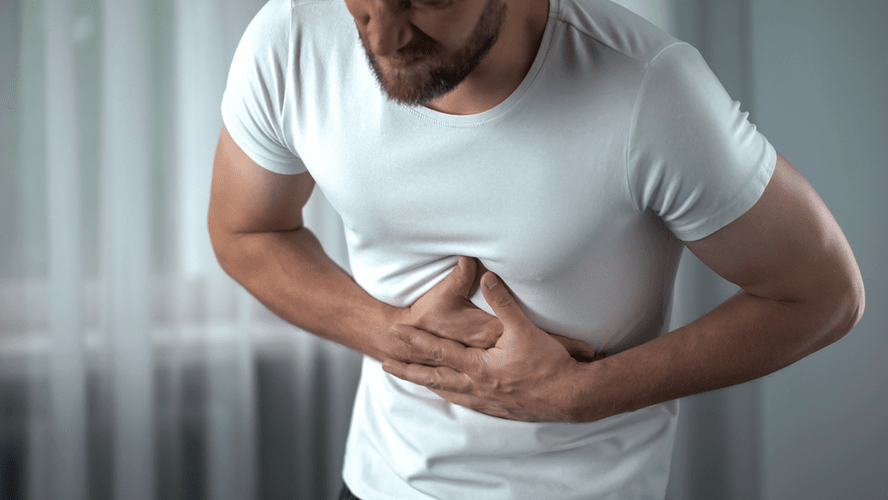Treatment for alcoholism can help a person remove alcohol from their life and stop any physical signs of drinking. Watching for physical signs of alcoholism or alcoholic face is easier when you know you or a loved one have been drinking too much. You can’t assume the same about everyone you see with a red or puffy face. Over time, alcohol use disorder can result in long-term health consequences.
You may notice tremors between drinking episodes as your body systems struggle to regain equilibrium. These shakes increase in frequency as alcoholism moves into later stages. Tremors are signs of serious health problems, and you need professional care to detox safely. Seeking professional help at an accredited alcohol addiction treatment program like the one at Evoke Wellness Cohasset is crucial. Our acute detox, residential rehab, therapies, and aftercare can help clients regain control and improve their overall wellbeing.

The Reason To Choose Person-Centered Recovery
Alcoholism can affect each of us differently; however, facial signs of alcohol abuse are common. Some signs of a high-functioning alcoholic include high alcohol tolerance, self-isolation, memory lapses, and physical effects of alcohol. Swollen face, redness of the palms, and bruising are common physical signs. “Alcoholic face” is a term that’s used to describe specific facial characteristics commonly seen in those who drink regularly or excessively. Alcohol is known for impacting physical appearance in the short and long term. In the short term, drinking can lead to redness in the face or skin—also known as “alcohol flush”—and puffiness around the eyes and face due to water retention.
Seeking Help for Alcohol Addiction
Chronic alcohol abuse can impair the body’s ability to fight off pathogens, leaving individuals more prone to illnesses such as pneumonia, tuberculosis, and various types of infections. This weakened immune system can also slow down the healing process, leading to prolonged recovery times for injuries and wounds. One of the key aspects of alcoholism is the inability to control or stop drinking despite negative consequences. This can lead to a range of problems, including impaired judgment, relationship issues, financial difficulties, and even legal troubles. The compulsive need for alcohol can become all-consuming, overshadowing other aspects physical sign of alcoholism of an individual’s life.
The Physical Effects of Alcohol on the Body
After weaning from alcohol, medication in some cases can help reduce cravings. Two medications that fit in this category are naltrexone and acamprosate. Disulfiram does not reduce craving, but it creates an incentive not to drink, because drinking alcohol while taking it causes nausea and vomiting. An antiseizure drug called topiramate may diminish the reinforcing effects of alcohol.
Oar Health offers medication FDA-approved for the treatment of alcohol problems. On average, a 12-ounce beer has about 150 calories, and 5 ounces of wine has about 120 calories (4). You can use online calculators to determine how many calories you consume from alcohol. Alcohol hepatitis can lead to liver failure and can also gradually damage the liver and lead to cirrhosis.
Recognizing Signs of Cocaine Use in Loved Ones
Over time, this can lead to impurities in pores and can cause aggressive acne. Fetal alcohol spectrum disorders (FASDs) are a group of preventable conditions that can occur in a person who was exposed to alcohol before birth. If you think there could be a problem, ask your healthcare provider for a referral to a specialist (someone who knows about FASDs). Specialists could be a developmental pediatrician, child psychologist, or clinical geneticist.

You may notice bumps, bruises or abrasions after drinking episodes or binges. Jaundice, or yellowing of the skin and whites of the eyes, is a telltale sign of alcoholic liver disease. As alcohol damages liver cells, they are alcoholism treatment less able to excrete bile properly.

The body tries to break down the accumulated toxins by expanding blood vessels, leading to the characteristic redness. However, long-term heavy drinking can damage these blood vessels and cause persistent facial redness. In addition to liver damage, alcoholism can also have detrimental effects on the cardiovascular system. Excessive alcohol consumption can lead to high blood pressure, irregular heart rhythms, and an increased risk of heart disease. The toxic effects of alcohol on the heart can weaken the muscle and impair its ability to pump blood effectively, putting individuals at a higher risk of heart attacks and strokes. If you or a loved one exhibit these characteristics, know that help is available.
- Individuals struggling with alcohol addiction will likely conceal their problem for as long as possible.
- One of the signs of severe alcohol-related liver disease is jaundice – a yellowing of the skin and of the whites of the eyes.
- Alcohol dilates blood vessels, leading to enlarged visible capillaries known as spider veins.
- Alcohol consumption dilates ocular blood vessels, causing persistent red, irritated eyes.
This sobering statistic underscores the importance of early intervention and comprehensive treatment. At Evoke Wellness at Cohasset, we offer a range of evidence-based programs designed to address the multifaceted nature of alcohol addiction. If you’ve had two or three of those symptoms in the past year, that’s a mild alcohol use disorder. Fetal alcohol spectrum disorders (FASDs) are a group of conditions that can occur in a person exposed to alcohol before birth. These conditions can affect each person in different ways and can range from mild to severe. People with FASDs can have lifelong effects, including problems with behavior and learning as well as physical problems.
The build-up of https://ecosoberhouse.com/ these substances causes generalized skin itching, which can lead to irritation, inflammation, and rashes. Because brain growth takes place throughout pregnancy, stopping alcohol use will improve the baby’s health and well-being. Drinking too much alcohol can lead to short-term side effects such as memory problems or blacking out. However, long-term alcohol use can lead to dangerous and potentially fatal effects, such as Delirium Tremens (DT). Working with an addiction specialist can help you determine the proper course of action toward recovery.
- A person’s digestive system can be affected by heavy drinking in multiple ways.
- This syndrome is irreversible and leaves a person with mental disturbances, partially paralyzed eye movements, confusion, drowsiness and a stagger.
- Long-term alcohol use can also lead to muscle wasting, further accentuating facial gauntness and loss of definition.
- Our caring and dedicated staff use personalized treatment plans and a wide range of therapies to ensure optimal success.
Unexplained bruises and injuries can be a sign of increased clumsiness due to impaired motor control. Furthermore, alcohol-induced nutritional deficiencies can cause a range of physical symptoms, including fatigue, weakness, and muscle cramps. The journey of understanding and confronting alcoholism often begins with the recognition of the physical signs. It’s easy to ignore or dismiss these signals, but they are essential indicators that your body is crying out for help. At this stage, drinking consumes the individual’s life, causing significant issues in their personal and professional life. The pre-alcoholic stage is characterized by social or occasional drinking.
